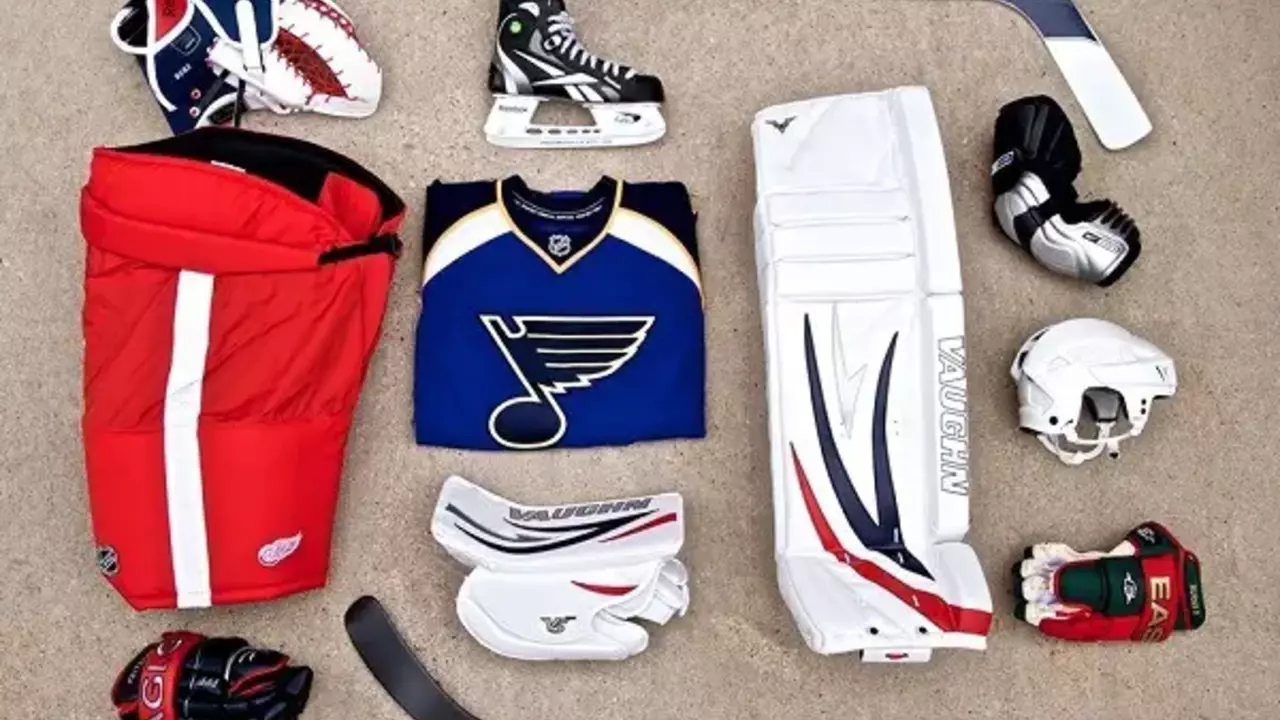Defenseman Basics: Play Strong, Play Smart on the Ice
If you’re new to the blue line or want to sharpen your game, being a defenseman is all about balance. You need to protect your net, move the puck forward, and stay ready for fast breaks. The good news? Most of those skills can be broken down into simple habits you can practice every time you step onto the rink.
Key Responsibilities of a Defenseman
First, your main job is to stop the opposition from getting quality chances in front of your net. That means keeping your body between the attacker and the goal, using your stick to block passing lanes, and staying disciplined in your positioning. A solid defensive stance starts with your feet – stay low, keep your knees bent, and always be ready to shuffle sideways.
Second, you’re the bridge that moves the puck out of the defensive zone. Good defensemen have quick, accurate outlet passes that get the forwards moving. Look for teammates who are already skating up the ice, then deliver the puck with a clean snap. Timing matters more than power; a well‑placed pass can beat a forecheck and create a scoring chance.
Third, you need to read the play. Anticipate where the puck is going and position yourself to intercept passes. Watch the puck carrier’s eyes and the movement of their teammates. The more you can predict the flow, the easier it is to break up attacks before they become dangerous.
Tips to Improve Your Game
1. Work on your backward skating. Opposing forwards love to force defensemen to skate backward under pressure. Practice tight turns and smooth strides while looking over your shoulder. The smoother you are, the less space you give up.
2. Perfect the one‑timer. When a teammate sends a pass across the slot, a quick one‑timer can release a shot or a pass before the goalie gets set. Set up drills where you receive the puck on the move and fire it off immediately – it builds reflexes and confidence.
3. Pairing matters. Talk with your partner on the blue line. Know each other's strengths – if one is a big hitter, the other can focus on puck movement. Consistent communication prevents both of you from stepping on each other's toes.
4. Use the boards. When you’re under pressure, a well‑timed board dump can relieve danger and buy you time to reset. Learn the angles so the puck bounces back into the neutral zone where your wingers can retrieve it.
5. Get comfortable with the hit. A firm but clean body check can separate the attacker from the puck. Practice positioning your shoulder correctly and keep your head up to avoid penalties.
Finally, watch how pro defensemen move. Players like Cale Makar, Victor Hedman, and Erik Karlsson blend skating finesse with strong defensive instincts. Pick one game clip each week, pause, and notice their footwork, stick placement, and decision‑making. Replicating those small details in practice adds up quickly.
Remember, being a solid defenseman isn’t just about big hits – it’s about smart positioning, quick thinking, and reliable passing. Focus on one habit at a time, and you’ll see your confidence rise every shift. Keep the puck moving, stay between the opponent and the net, and you’ll earn the trust of your teammates and coaches alike.

What is the best hockey stick for a defenseman?
After doing some research, it seems that the best hockey stick for a defenseman largely depends on personal preference and style of play. However, the Bauer Nexus 2N Pro appears to be a top choice for many, due to its balance, durability, and puck control. Other popular choices include the CCM Ribcor Reckoner and the Warrior Alpha QX. These sticks offer a great mix of power, control, and comfort. Ultimately, the best stick for you will be the one that feels right in your hands and suits your game on the ice.
Read More